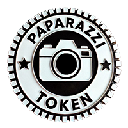-
 bitcoin
bitcoin $109523.663807 USD
-0.13% -
 ethereum
ethereum $4019.526508 USD
2.06% -
 tether
tether $1.000482 USD
0.00% -
 xrp
xrp $2.776815 USD
0.18% -
 bnb
bnb $958.942396 USD
0.12% -
 solana
solana $204.294698 USD
3.84% -
 usd-coin
usd-coin $0.999693 USD
0.00% -
 dogecoin
dogecoin $0.232115 USD
2.09% -
 tron
tron $0.338028 USD
0.84% -
 cardano
cardano $0.790920 USD
1.50% -
 hyperliquid
hyperliquid $44.871443 USD
5.60% -
 ethena-usde
ethena-usde $1.000322 USD
0.04% -
 chainlink
chainlink $21.034165 USD
2.60% -
 avalanche
avalanche $28.794831 USD
-0.54% -
 stellar
stellar $0.360466 USD
1.24%
What are leverage trading and contract trading?
Leverage trading and contract trading are advanced techniques that provide the potential for increased returns but come with inherent risks that require careful execution.
Dec 16, 2024 at 11:07 am
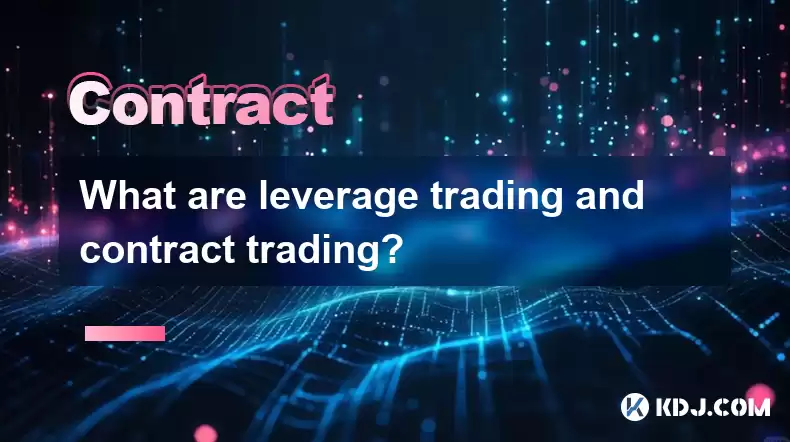
What are Leverage Trading and Contract Trading?
Leverage trading and contract trading are two advanced trading techniques often found within the realm of cryptocurrency markets. While both offer traders opportunities to potentially amplify their returns, they also come with inherent risks that require thorough understanding and careful execution. This article aims to provide a detailed exploration of leverage trading and contract trading, clarifying their mechanisms and outlining their respective advantages and challenges.
1. Understanding Leverage Trading
Leverage trading is a technique that allows traders to amplify their market exposure and potential profits by borrowing funds from a broker or exchange. This leverage essentially multiplies the trader's initial trading capital, enabling them to control a larger position with a smaller outlay. For example, a trader with $10,000 can potentially trade a $100,000 position with 10x leverage.
Mechanism of Leverage Trading:- Select Leverage: Traders choose the desired leverage ratio, such as 5x, 10x, or 20x, depending on their risk tolerance and trading strategy.
- Borrow Funds: The broker or exchange provides the leveraged funds, increasing the trader's available capital to enter a larger position.
- Execute Trade: The trader uses the leveraged capital to place a trade on the supported asset.
- Increased Potential Profits: By multiplying their trading capital, traders can potentially amplify their returns when successful trades align with their predictions.
- Flexibility: Leverage can be adjusted to match the trader's risk appetite and trading strategy.
- Magnified Losses: Conversely, leverage can also magnify losses. If a trade moves against the trader's expectations, their losses may exceed the initial invested capital.
- Margin Calls: Brokers or exchanges may issue margin calls if the trader's account balance falls below a certain level due to leveraged losses, requiring additional deposits to maintain the position.
- Liquidations: If the account balance becomes insufficient to cover losses, the broker or exchange may liquidate the trader's position to recover their loaned funds.
2. Introducing Contract Trading
Contract trading involves the exchange of standardized contracts that represent the underlying assets, such as cryptocurrencies or commodities. These contracts, known as futures or perpetual contracts, allow traders to speculate on the future price movements of the underlying asset without taking physical delivery.
Mechanism of Contract Trading:- Select Contract: Traders choose a specific contract that represents their desired underlying asset and delivery timeline (e.g., Bitcoin futures contract for December 2023 expiry).
- Determine Contract Size: Each contract has a predetermined size, such as 1 BTC or 10 ETH.
- Enter Position: Traders go long (buy) if they anticipate a price increase or go short (sell) if they expect a price decrease.
- Leverage Exposure: Contracts offer built-in leverage, enabling traders to amplify their market exposure and potential returns.
- Hedging Opportunities: Contract trading can be used for hedging purposes, allowing traders to reduce the risk associated with their existing spot positions.
- Exposure to Diverse Assets: Contracts provide access to a wide range of underlying assets, including traditional financial instruments and cryptocurrencies.
- Margin Requirements: Traders need to maintain a certain amount of margin (collateral) to enter and maintain contract positions.
- Complexity: Contract trading involves more advanced concepts, such as margin levels, liquidations, and funding rates, which require a deeper understanding to navigate successfully.
- Expiry Dates: Futures contracts имеют истекает dates, which can limit their flexibility compared to perpetual contracts.
Disclaimer:info@kdj.com
The information provided is not trading advice. kdj.com does not assume any responsibility for any investments made based on the information provided in this article. Cryptocurrencies are highly volatile and it is highly recommended that you invest with caution after thorough research!
If you believe that the content used on this website infringes your copyright, please contact us immediately (info@kdj.com) and we will delete it promptly.
- Coin War, Durian Auction, Night Tour: A Wild Ride Through Crypto, Cuisine, and Korean TV
- 2025-09-27 08:45:14
- Cyber Hornet, ETFs, and Crypto: A New York Minute on Hybrid Investments
- 2025-09-27 08:25:12
- Bitcoin's Future Value: Prediction, Trends, and Insights
- 2025-09-27 08:45:14
- MoonBull: The Meme Market's 100x Crypto Contender?
- 2025-09-27 08:25:12
- Eric Trump, Crypto Market, and the Unbelievable Q4: A New York Take
- 2025-09-27 08:30:01
- Linea Crypto & SWIFT: What's the Price Prediction?
- 2025-09-27 08:50:01
Related knowledge

How do I enable the "scalping-only" mode for Cardano (ADA) contracts?
Sep 24,2025 at 03:19am
Understanding Scalping Strategies in Crypto Derivatives1. Scalping in cryptocurrency trading refers to executing multiple short-term trades within min...
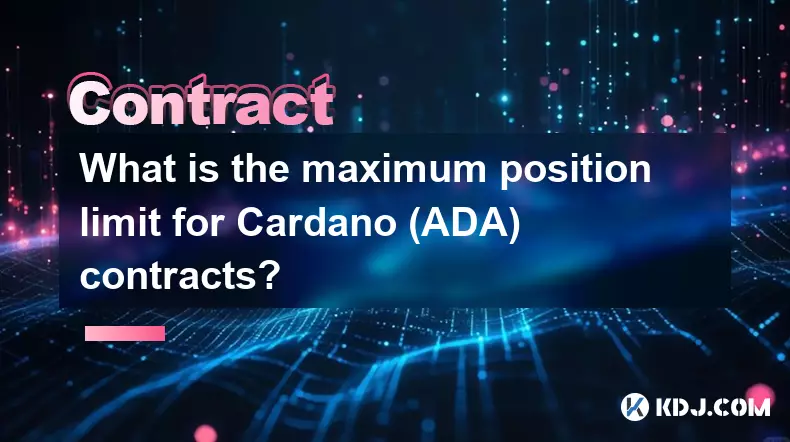
What is the maximum position limit for Cardano (ADA) contracts?
Sep 23,2025 at 11:00pm
Understanding ADA Futures and Derivatives Market Structure1. Cardano (ADA) futures contracts are offered by several major cryptocurrency derivatives e...
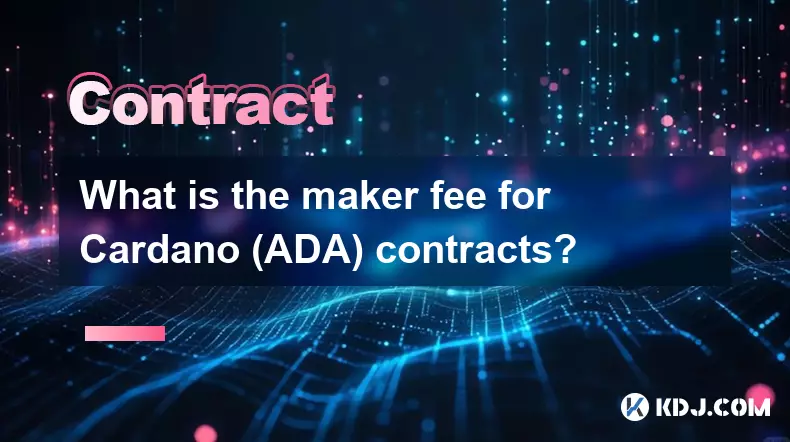
What is the maker fee for Cardano (ADA) contracts?
Sep 26,2025 at 09:01am
Understanding Maker Fees in Cardano (ADA) Contracts1. The concept of maker fees applies broadly across decentralized exchanges and smart contract plat...
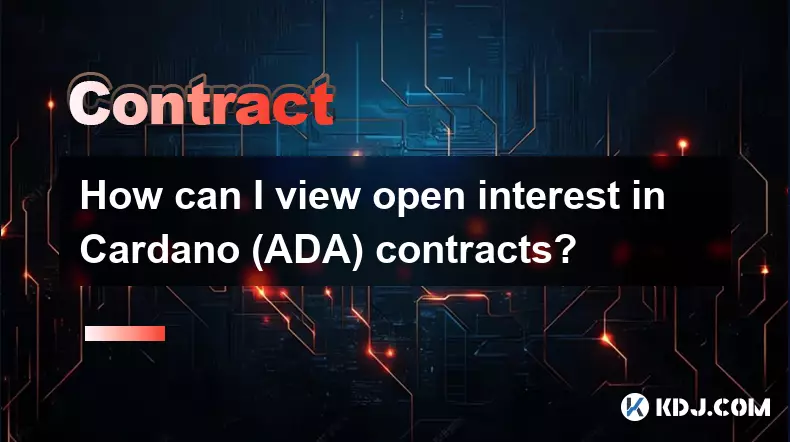
How can I view open interest in Cardano (ADA) contracts?
Sep 24,2025 at 07:36am
Understanding Open Interest in Cardano Derivatives1. Open interest refers to the total number of outstanding derivative contracts, such as futures or ...
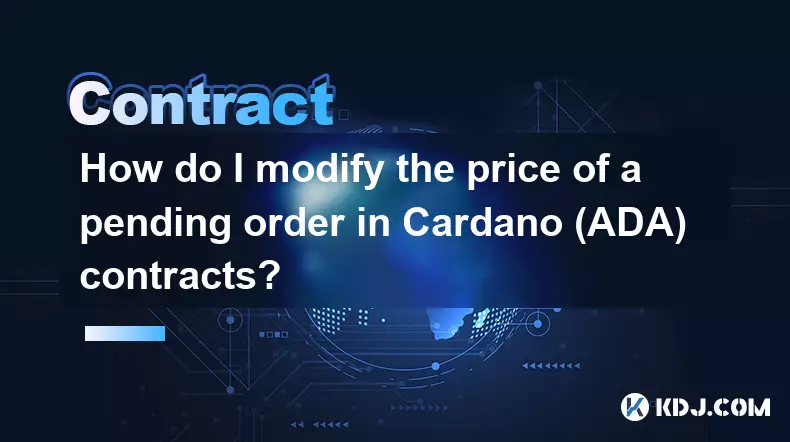
How do I modify the price of a pending order in Cardano (ADA) contracts?
Sep 27,2025 at 01:00am
Understanding Pending Orders in Cardano Smart Contracts1. Cardano operates on a proof-of-stake blockchain that supports smart contracts through its Pl...

What is the function of the insurance fund in Cardano (ADA) contracts?
Sep 24,2025 at 02:18am
Understanding the Role of Insurance Funds in Cardano Smart Contracts1. The insurance fund within Cardano's ecosystem is not a native feature directly ...

How do I enable the "scalping-only" mode for Cardano (ADA) contracts?
Sep 24,2025 at 03:19am
Understanding Scalping Strategies in Crypto Derivatives1. Scalping in cryptocurrency trading refers to executing multiple short-term trades within min...

What is the maximum position limit for Cardano (ADA) contracts?
Sep 23,2025 at 11:00pm
Understanding ADA Futures and Derivatives Market Structure1. Cardano (ADA) futures contracts are offered by several major cryptocurrency derivatives e...

What is the maker fee for Cardano (ADA) contracts?
Sep 26,2025 at 09:01am
Understanding Maker Fees in Cardano (ADA) Contracts1. The concept of maker fees applies broadly across decentralized exchanges and smart contract plat...

How can I view open interest in Cardano (ADA) contracts?
Sep 24,2025 at 07:36am
Understanding Open Interest in Cardano Derivatives1. Open interest refers to the total number of outstanding derivative contracts, such as futures or ...

How do I modify the price of a pending order in Cardano (ADA) contracts?
Sep 27,2025 at 01:00am
Understanding Pending Orders in Cardano Smart Contracts1. Cardano operates on a proof-of-stake blockchain that supports smart contracts through its Pl...

What is the function of the insurance fund in Cardano (ADA) contracts?
Sep 24,2025 at 02:18am
Understanding the Role of Insurance Funds in Cardano Smart Contracts1. The insurance fund within Cardano's ecosystem is not a native feature directly ...
See all articles
















